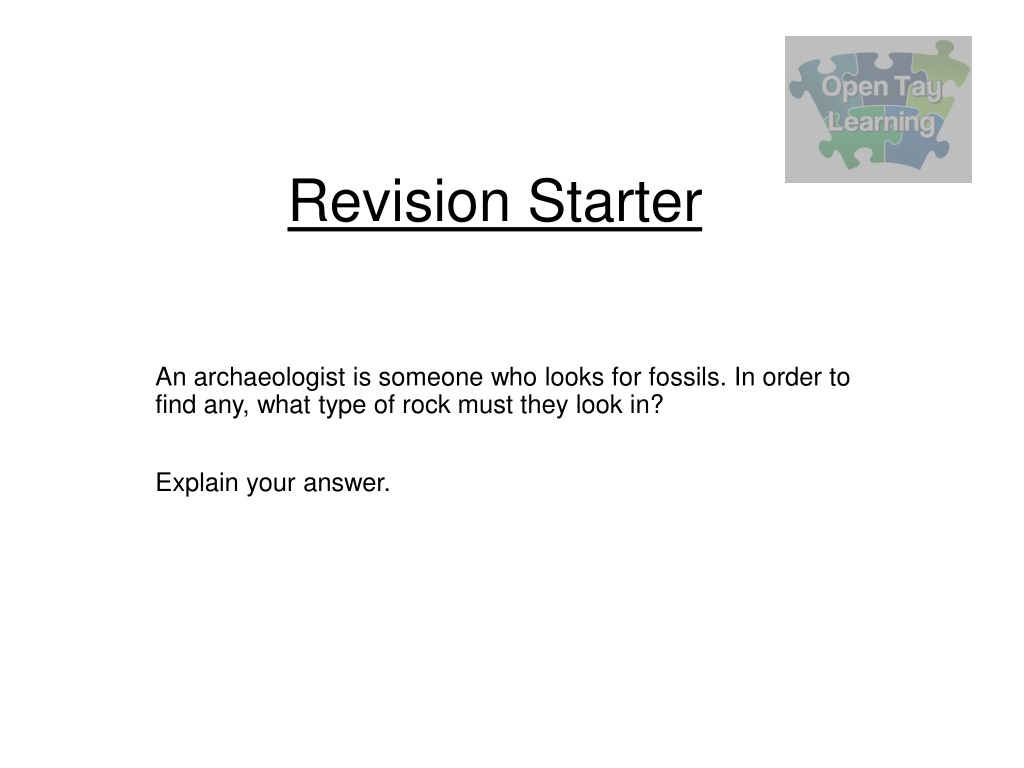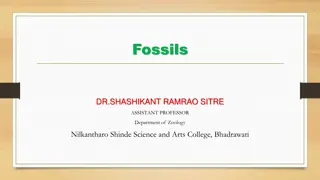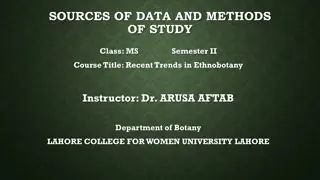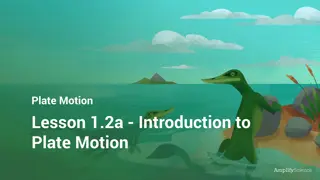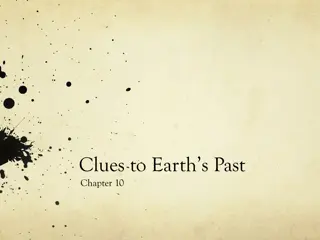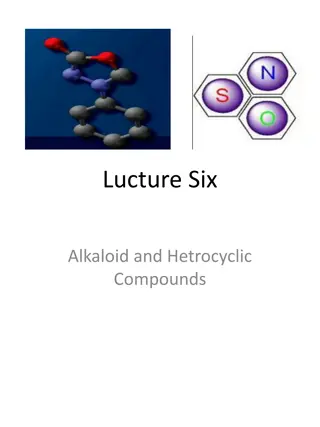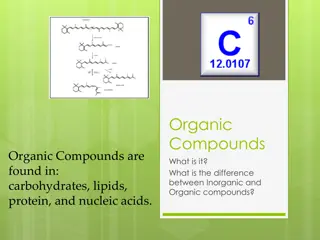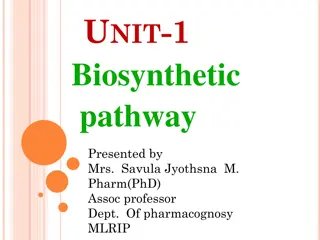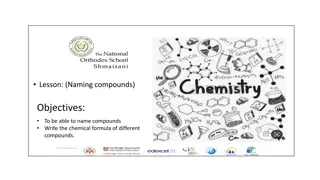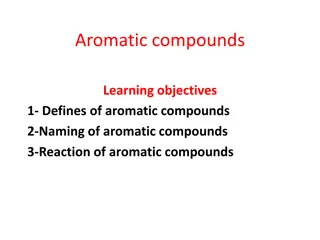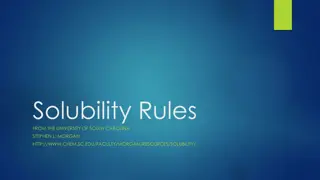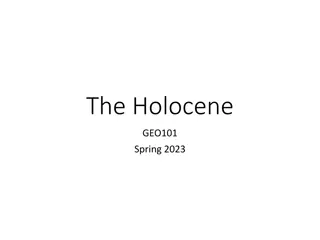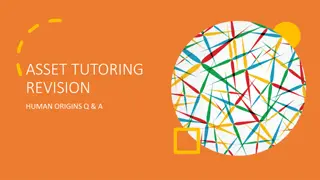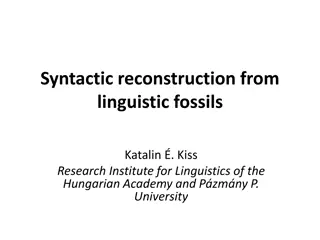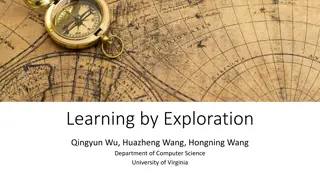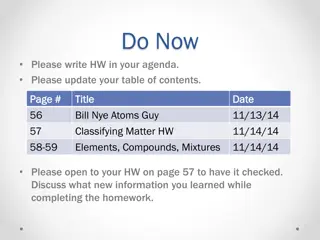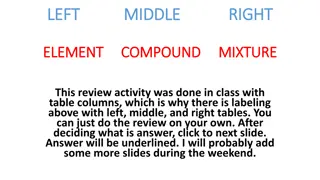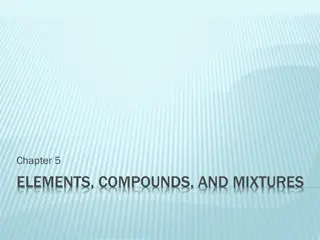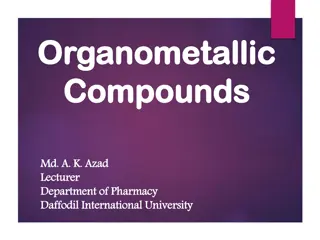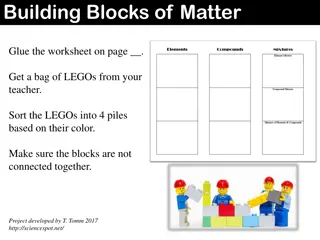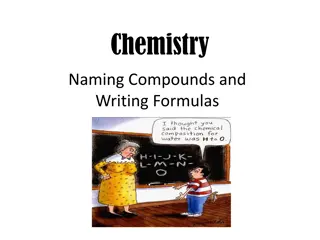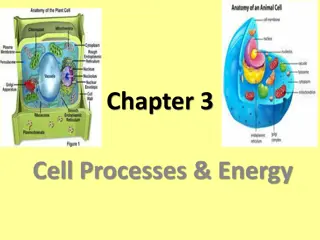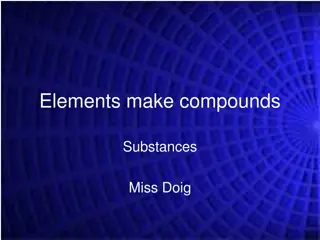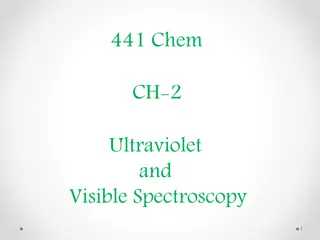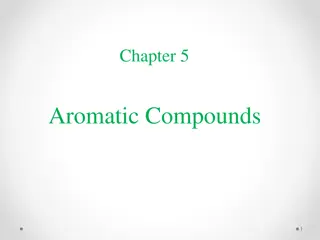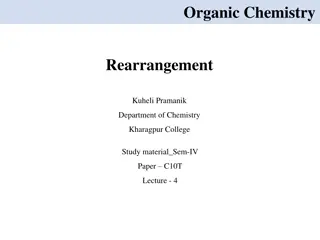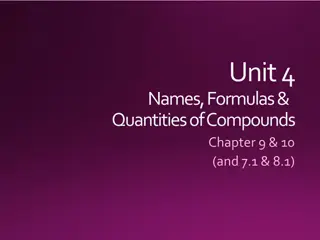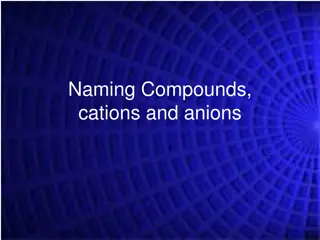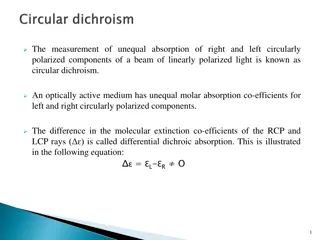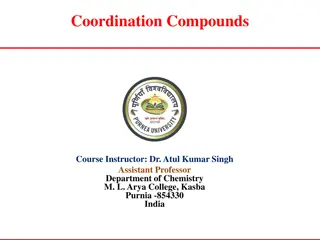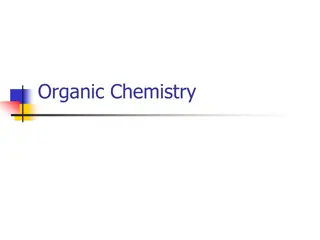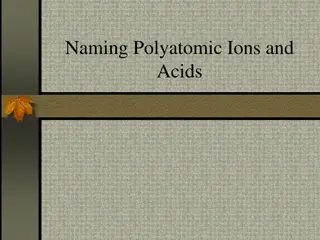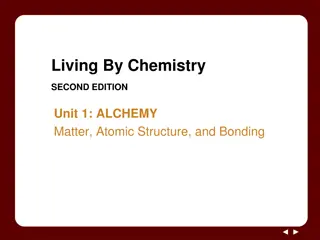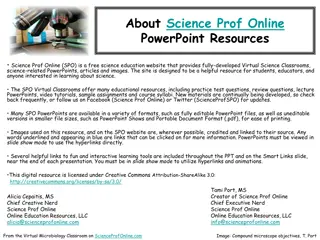Exploration of Fossils and Compounds in Science Learning
Archaeologists search for fossils in specific types of rocks, while students learn about compounds and their formation through engaging activities. Compounds are combinations of two or more elements, each with distinct naming conventions. Students practice naming compounds based on their constituent elements, reinforcing their understanding of chemical properties.
Download Presentation

Please find below an Image/Link to download the presentation.
The content on the website is provided AS IS for your information and personal use only. It may not be sold, licensed, or shared on other websites without obtaining consent from the author. Download presentation by click this link. If you encounter any issues during the download, it is possible that the publisher has removed the file from their server.
E N D
Presentation Transcript
Revision Starter An archaeologist is someone who looks for fossils. In order to find any, what type of rock must they look in? Explain your answer.
Learning intention Today we are learning about compounds and how they are formed.
Compounds As you will remember from S1, an element is a substance made up of only one type of atom. For example, hydrogen is made of only hydrogen atoms. A compound is made of two or more elements, chemically joined together. For example, water is made of hydrogen atoms and oxygen atoms.
Magnesium + oxygen activity 1. In pairs set up a bunsen burner at a side bench. Your teacher will come and check that this is done safely. 2. Then, collect piece of magnesium ribbon for each person and one set of tongs. 3. Put your bunsen burner to the roaring flame and carefully hold the magnesium ribbon, using tongs, at the tip of the blue cone. DO NOT look directly at the reaction. 4.
Compounds Depending on the number of elements in a compound, the ending of its name can change. A compound made of only two elements ends in ide. A compound made of two elements AND oxygen ends in ate or ite. Let s make our own compounds!
Naming Compounds 1. A compound is made up of sodium and oxygen. What is its name? sodium + oxygen sodium oxide Notice that the compound ends in ide because it s only made of two elements. Let s look at another!
Naming Compounds 2. A compound is made up of calcium, carbon and oxygen. What is its name? Calcium + carbon + oxygen calcium carbonate. Notice that the name of the compound ends in ate this time, because it is made of two elements and oxygen. Time for you to name a few yourself!
Naming compounds 1. 2. 3. 4. 5. Magnesium + chlorine ? Iron + sulphur ? Potassium + nitrogen + oxygen Cobalt + fluorine ? Silicon + carbon ? 1. 2. 3. 4. 5. ? + ? carbon oxide ? + ? copper carbonate ? + ? nitrogen hydride ? + ? hydrogen sulfide ? + ? zinc bromide
Has your learning been successful? I can: State that a compound is made up of two or more elements chemically joined together. State that compounds made of only two elements end in ide. State that compounds made of two elements and oxygen end in ite or ate. Use these naming rules to name various compounds, or work out the elements in a compound.
